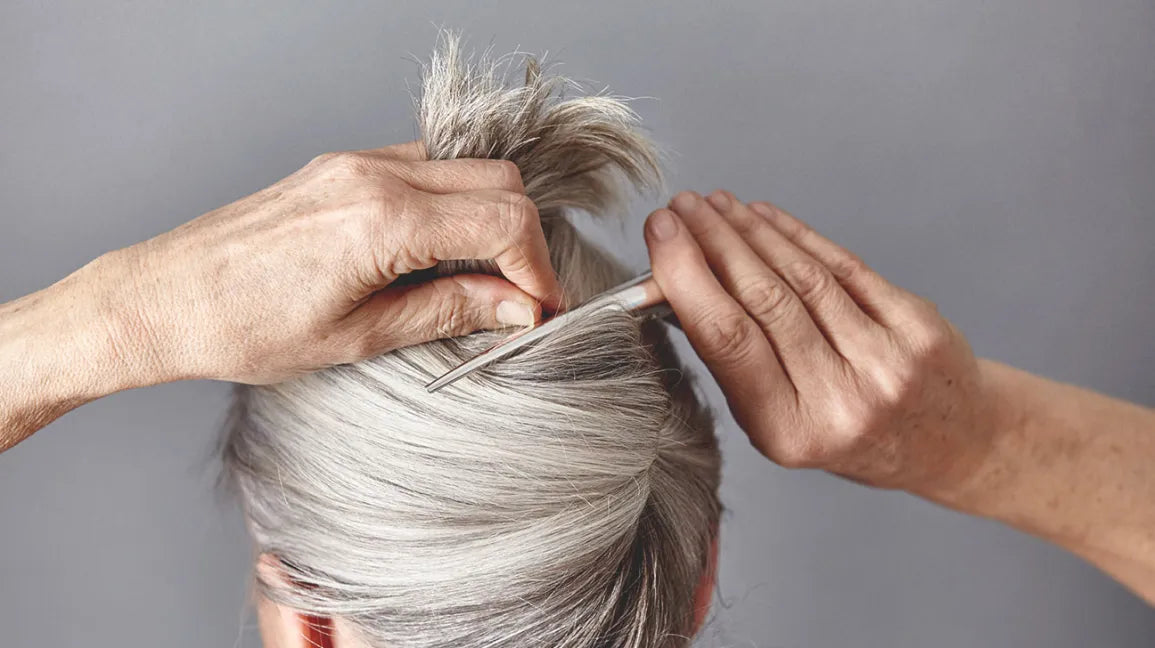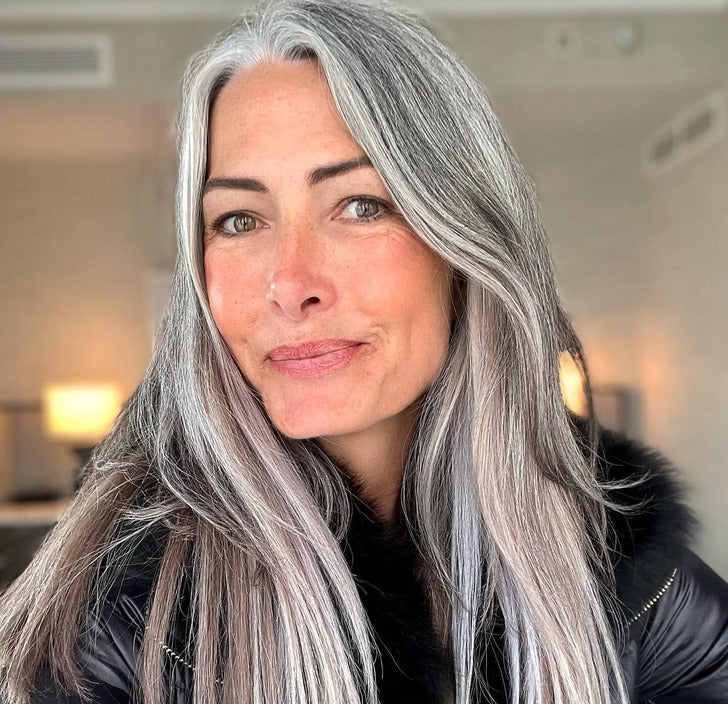
White Hair: Causes, Genetics, and Lifestyle Factors
Understanding Grey, Silver, or White Hair: Causes and Insights

Grey, silver, or white hair can be a stunning hallmark of aging gracefully, but have you ever wondered why and how it occurs? This natural phenomenon is a result of various factors, from genetics to lifestyle choices. Let's delve into the reasons behind grey, silver, or white hair and gain insights into this fascinating aspect of human biology.
Genetics: The Primary Influence
One of the primary factors determining when and how much grey hair a person develops is genetics. The age at which individuals start going grey and the rate of greying are largely inherited traits. If your parents or grandparents experienced early greying, there's a higher likelihood that you will too. This genetic predisposition affects the production of melanin, the pigment responsible for hair color.
Melanin and Hair Color
Hair gets its color from melanin, which is produced by specialized cells called melanocytes. There are two types of melanin: eumelanin, which is responsible for black and brown colors, and pheomelanin, which contributes to red and yellow hues. As we age, the melanocytes gradually produce less melanin, leading to a reduction in hair color intensity and the eventual appearance of grey, silver, or white strands.
Stress and Lifestyle Factors
While genetics play a significant role, external factors such as stress and lifestyle choices can also contribute to premature greying. Chronic stress, for instance, can accelerate the greying process by triggering hormonal changes that affect melanin production. Smoking and poor nutrition, specifically diets lacking in essential nutrients like vitamins B12 and D, can also impact hair health and color.
Medical Conditions and Treatments
Certain medical conditions and treatments can cause premature greying as well. Thyroid disorders, vitamin deficiencies, and autoimmune diseases can affect melanin production and lead to changes in hair color. Additionally, certain medications, such as chemotherapy drugs, may cause hair to turn grey or white temporarily during treatment.
The Silver Lining: Embracing Grey Hair
While grey, silver, or white hair is often associated with aging, it's essential to embrace these natural changes and celebrate the beauty they bring. Many people choose to embrace their grey hair as a symbol of wisdom, experience, and confidence. With advancements in hair care products, maintaining healthy and vibrant grey hair has become more accessible than ever.
In conclusion, grey, silver, or white hair is a natural part of the aging process influenced by genetics, melanin production, lifestyle factors, and medical conditions. Understanding the underlying causes can help individuals make informed choices about their hair care routines and embrace the beauty of aging gracefully.


